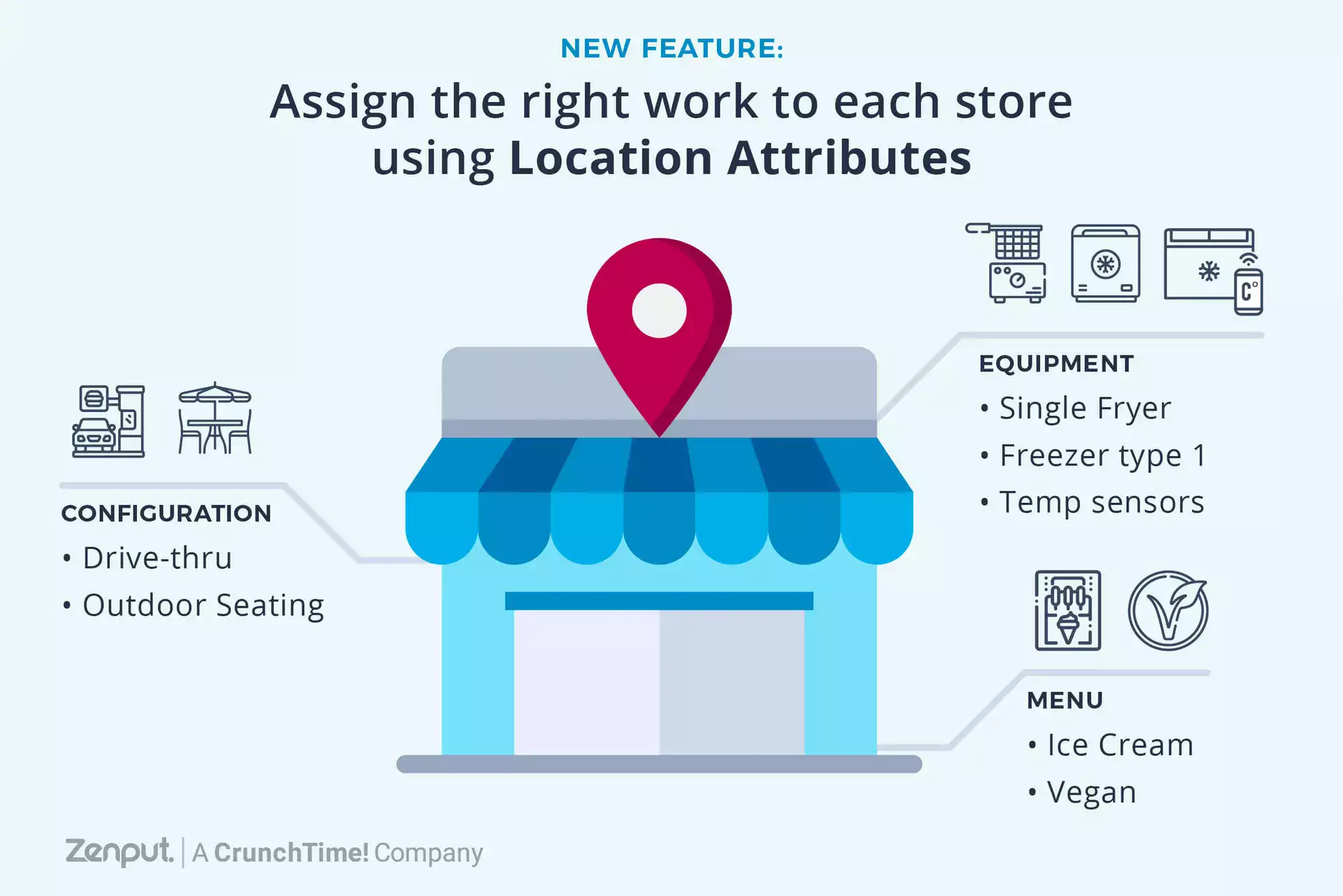Now in its eighth year, Convenience Store Decisions and Humetrics Human Resources Benchmarking Survey identifies the key employee issues affecting convenience store retailers and what they can do to overcome them.
Respondents represented chains of varying sizes with varying annual revenue. About 45% were corporate personnel, and store managers and human resource professionals represented another 23% each. Below, we’ve summarized some of the report’s key findings and offered our own analysis on what can improve.
Stagnate Employment Indicates Stagnant Employees
It’s the perennial trend of the convenience store industry: The biggest human resources challenge in 2015 was keeping good people. Among respondents, 71% expect that to be the same case for 2016. While 26.5% expect to add more staff this year, 60% expect they will not change significantly in 2016. In terms of employee turnover, 28.3% of respondents saw an increase in 2015, but experienced an hourly employee turnover of just 55%, which is lower than what NACS, the Association for Convenience & Fuel Retailing, reported (77%). Analysis: CSD points out that few retailers are taking any proactive measures or doing anything differently to meet this challenge. They also point out the fact that when employees are fired, it’s mostly due to attitude issues. For this reason, pre-employment attitude screening tools can help. We see another opportunity in increasing employee accountability in a way that keeps employees engaged. This needs to be a wake-up call for the industry. We’re not advocates of micro-managing—in fact, that’s counterproductive and quells innovation. Rather, we advocate for the clear assignment of roles and the ability of the employer to follow up on whether or not tasks are completed. Increasing the productivity of your staff will help your bottom line, and it can also make employees more engaged. No staff member should feel they’re picking up the slack for someone else on the team. When good employees believe they are heard and treated equally, they are more likely to stay. Ideally, these good employees will advance into management roles—a win for everyone!Training on the Upswing
Whereas in 2015, 70% of respondents reported that training programs stayed about the same, 44% expect them to stay the same in 2016. Retailers who plan to increase training will put the greatest emphasis on customer service skills (78%), followed by foodservice safety/sanitation (44%), manager/district training and teamwork (43% each). Analysis: These stats are definitely a silver lining. It tells us that retailers are realizing the benefit of increased attention to new employee on-boarding, and perhaps they’re learning the hard lessons of the food industry over the past year. While foodborne pathogens in the supply chain may be difficult to control, retailers must do everything in their power to maintain sanitary conditions in food preparation areas. It’s no longer acceptable just to “wing it”—they must follow a checklist to ensure all appropriate measures are taken.Missed Opportunity Through Technology
When asked about new technologies acquired to improve the hiring process and/or increase productivity, nearly 60% of retailers reported no additions in 2015 and 50% have nothing planned in 2016. The other 35% mostly mentioned new systems of payroll, recruiting and scheduling.Analysis: What about task management through mobile technology? The best part about the implementation of mobile technology is that it doesn’t require a large investment in new equipment. Rather, it’s a matter of employees downloading an app onto their smartphones. Create a checklist for your managers, assign specific tasks to specific stores, and monitor completion of critical tasks. In the convenience industry, a real-time solution—one that includes GPS locator and the ability to attach a photo—just makes sense.
It’s time to stop settling for the status quo in the convenience store workforce. From retailers to technology providers, let’s make it a goal to work together to increase productivity and improve the adaptability of this ever-changing industry. Read CSD’s full reportSubscribe to our blog
You are now subscribed!


